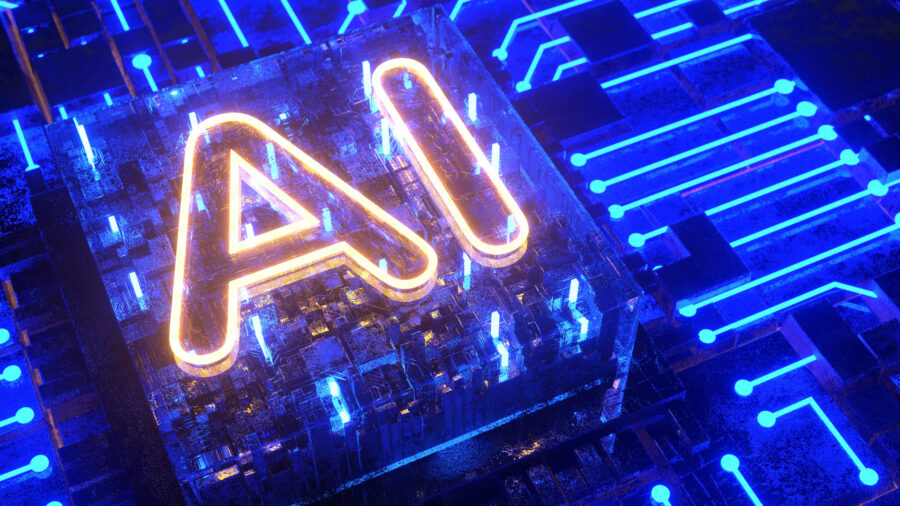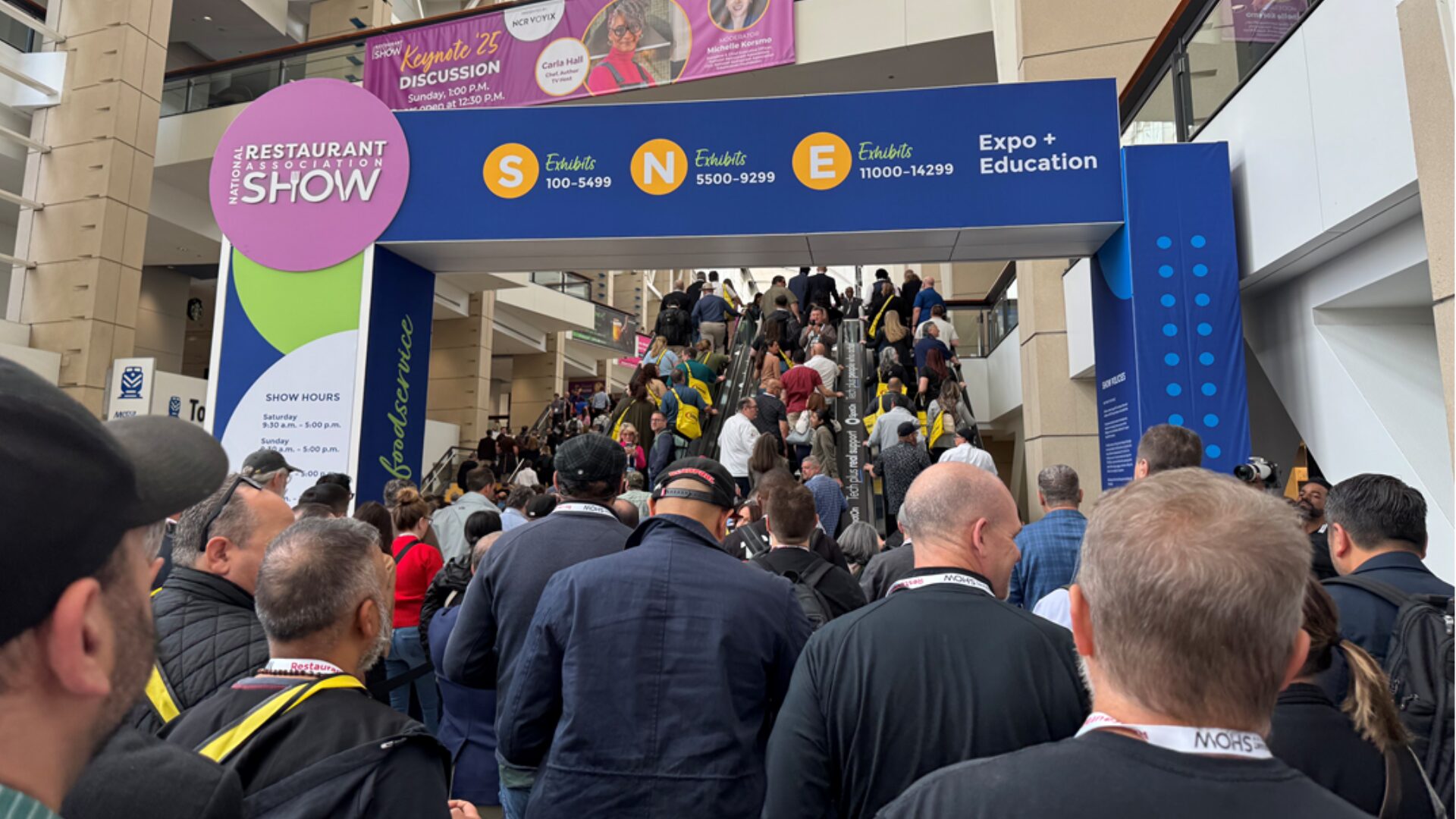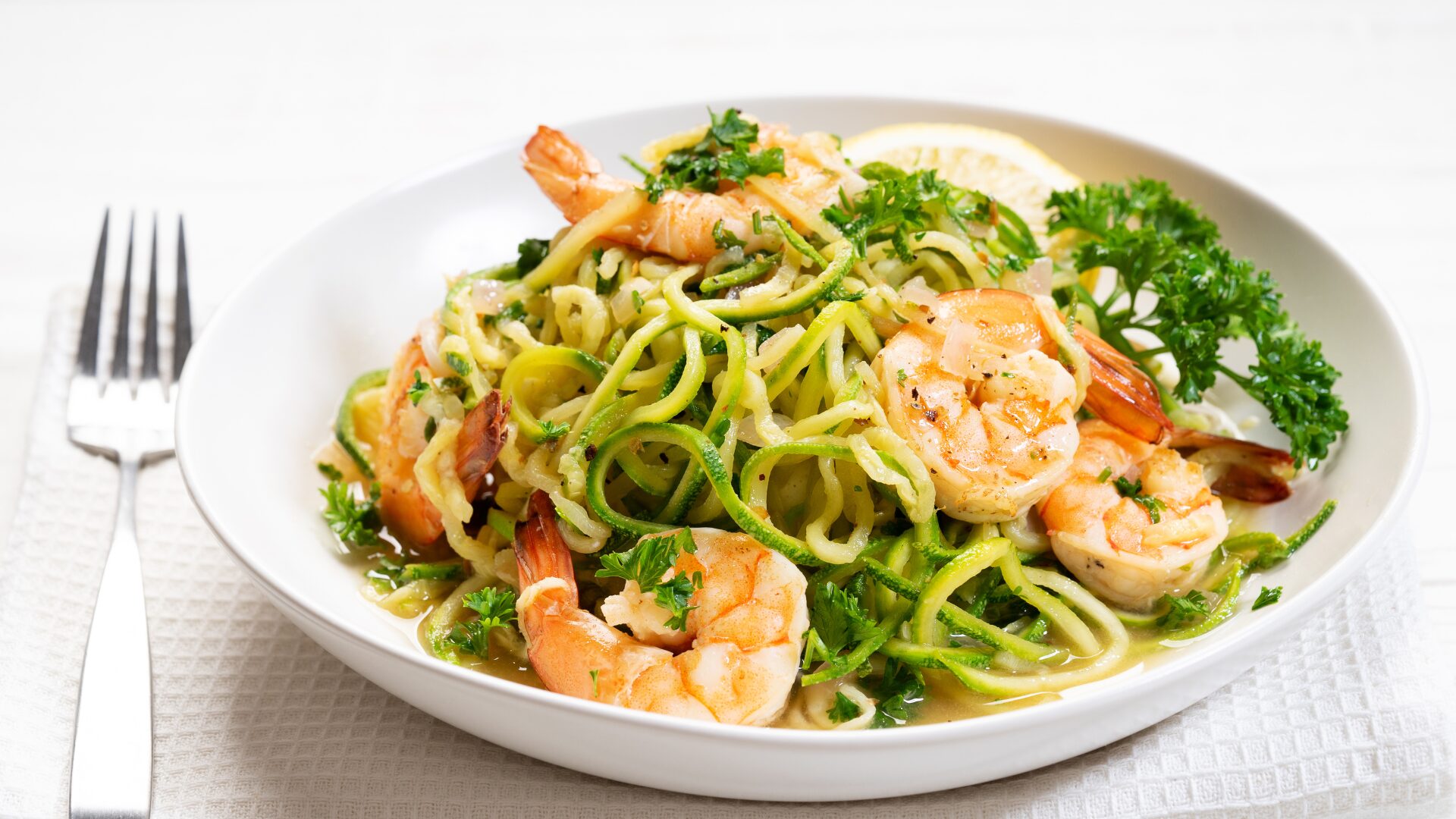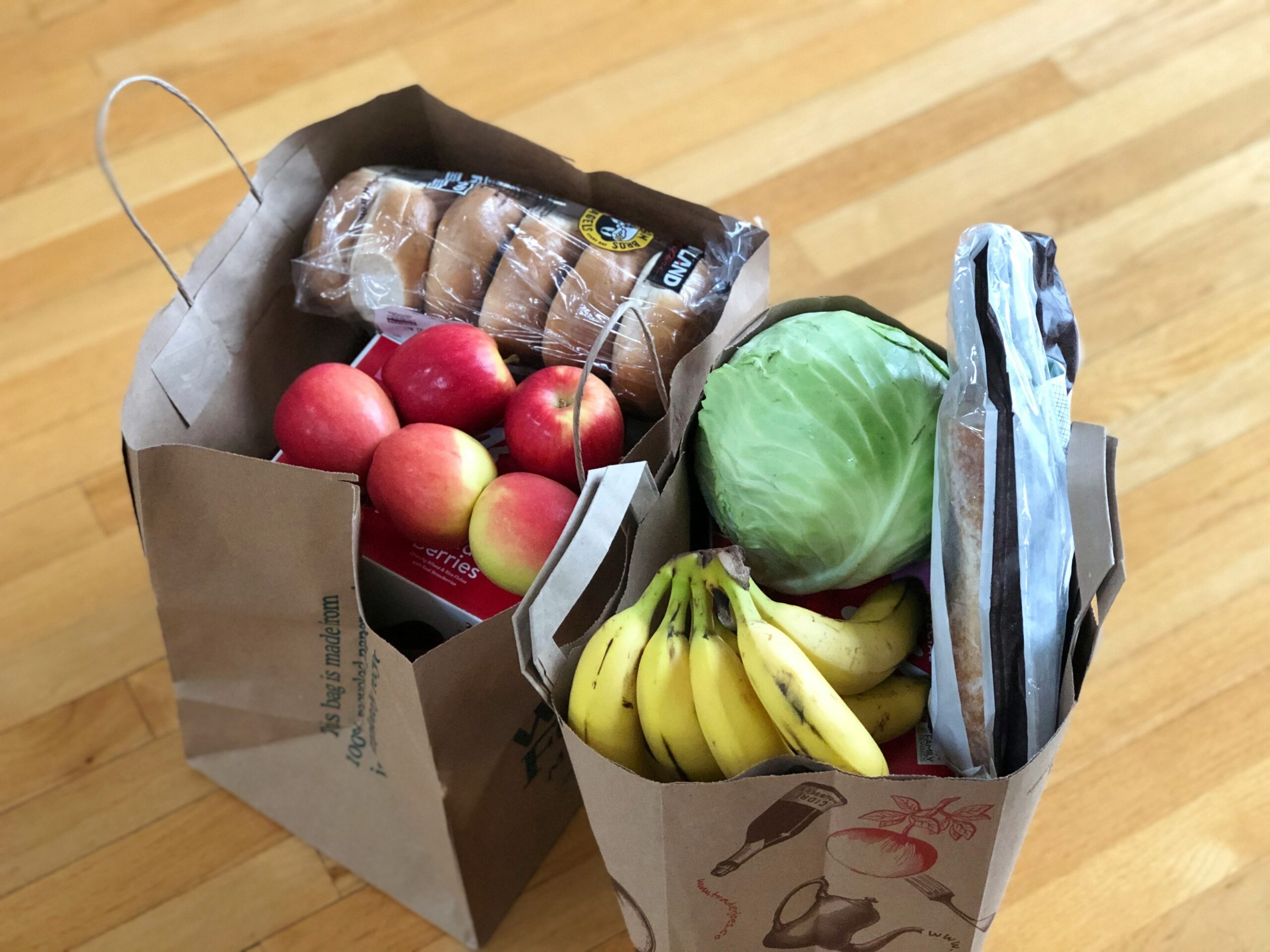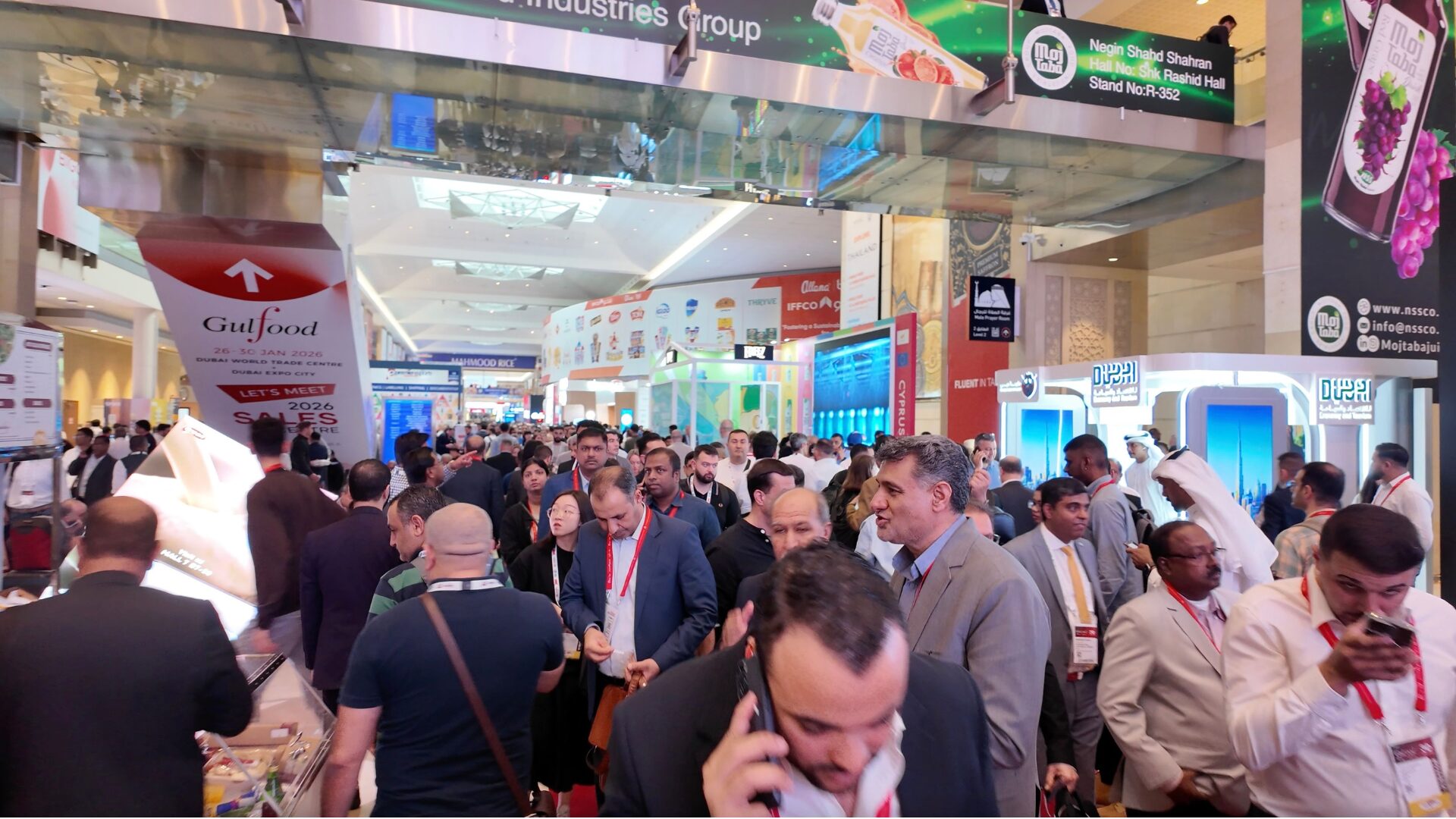Generative AI burst onto the scene this year as programs like ChatGPT, Bard, and Midjourney demonstrated the vast potential of this emerging technology. Many experts predict that generative AI will soon transform how businesses operate, making right now the perfect time to get ahead of the competition.
In order to unpack how food and beverage companies might leverage this technology, The Food Institute recently hosted a webinar (FI membership required) featuring insights from Peter Scavuzzo, CEO of Marcum Technology, and Rory Flynn, Head of Client Acquisition at Commerce12.
“I think [generative AI] is going to be tremendously impactful,” said Scavuzzo, right off the bat. “I think it’s going to transform our businesses. It’s going to reshape the way we work, the way we think, and I think it’s going to have the biggest impact on the way we create.”
More Efficient Workflow
To illustrate how this technology could eventually be integrated into nearly every aspect of the daily workflow, Scavuzzo used Microsoft 365 Copilot as an example. “Microsoft, at this point, other than Google, is one of the most dominant players in the productivity suite—which is all the tools we use to run our businesses,” he explained.
That’s precisely why Copilot—generative AI built into the Microsoft Office Suite—could be a game changer. This technology will be embedded into the everyday tools businesses already use. Copilot can draft emails, compose word documents, and build PowerPoint presentations based on simple prompts. It can even take notes during Teams calls, summarizing the information in real-time and highlighting key information.
“It’s remarkable how quickly you could go from A to Z with all of this tech available,” said Scavuzzo.
Creative Applications
In addition to speeding up standard operations, generative AI has the potential to completely revolutionize marketing and asset creation. “Creatively, the stuff that this technology can do just blows my mind,” said Scavuzzo.
Rory Flynn, who was quick to identify himself as “not a designer,” demonstrated how Midjourney can be used to instantly generate creative assets with a variety of practical uses. “If you’re not familiar with Midjourney, it’s an image generation tool. It’s super creative, and it’s probably the best of AI at this point,” Flynn explained.
Flynn believes that Midjourney is one of the best tools out there “based on how visually stunning the assets are.” From a marketing standpoint, the ability to instantly generate colorful, striking images makes it possible to serve more clients faster.
For example, generative AI can create the images, the layout, and the theme for an entire marketing campaign. Let’s say you’re drafting an email to advertise a recipe for chicken skewers—instead of spending time and money on food photography, Midjourney can create a unique, appetizing image in seconds. Using that image as your hero photo, generative AI can then choose the best colors and format to make your email look aesthetically pleasing and professionally rendered.
In this way, using generative AI makes it possible to keep your content fresh for maximum impact. “Stuff gets stale over time,” said Flynn. “You can’t use the same marketing template every single time in an email. So that’s why we’re using [AI] like this—just to amplify productivity and give us a new level of creativity.”
And email marketing is just one example for a program like Midjourney. According to Flynn, this technology is also great for research and development, presentations, stock photography, experiential marketing, brand licensing, assets, and overall inspiration.
Generative AI isn’t intended to replace designers but make the process of moving from ideation to the finished product happen much faster, ultimately improving your bottom line.
“Designers, they take forever to get inspiration,” he said. “So if we can get them [to be] more efficient quicker—that’s what the goal is.”


